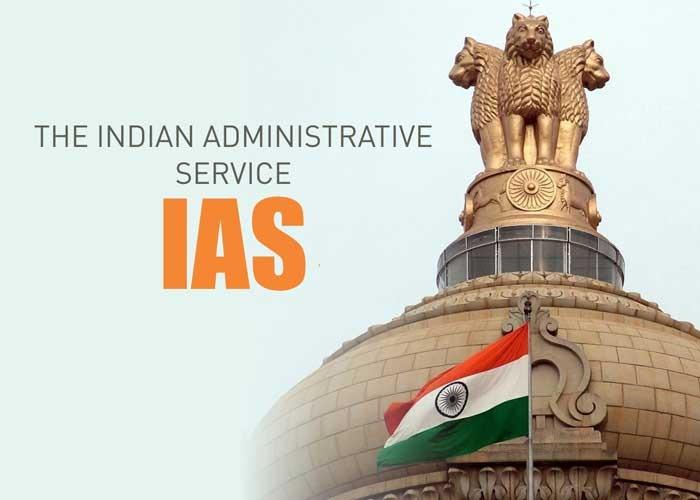Economy
·
This has led to an
increase in the supply and procurement of digital services.
·
Consequently, this has given rise to numerous new business
models, wherever theres a heavy reliance on digital and telecommunication
networks.
·
As a result, the new business models have come with a set of
new tax challenges in terms of nexus, characterization, and valuation of
information and user contribution.
·
To bring clarity in
this regard, the government introduced vide Budget 2016, the equalisation levy
to give effect to one of the recommendations of the BEPS (Base Erosion and
Profit Shifting) Action Plan.
What is Equalisation
Levy?
·
Equalization Levy is a taxation, which is withheld at the
time of payment by the service recipient.
·
The
two conditions to be met to be liable to equalisation levy:
The payment should be made to a non-resident service provider; The annual
payment made to one service provider exceeds Rs. 1,00,000 in one financial
year.
·
Currently, not all
services are covered under the ambit of equalisation Levy.
The following services
covered:
1. Online
advertisement
2. Any
provision for digital advertising space or facilities/ service for the purpose
of online advertisement Now, Government has expanded its scope to all Digital
Trade and Services.
·
Companies with revenues
of less than $20 billion will not be part of this BEPS (Base Erosion and Profit
Shifting) Base erosion and profit shifting refers to the phenomenon where corporations shift their profits
to other tax jurisdictions, which usually have lower rates, thereby eroding the
tax base in India.


Comments